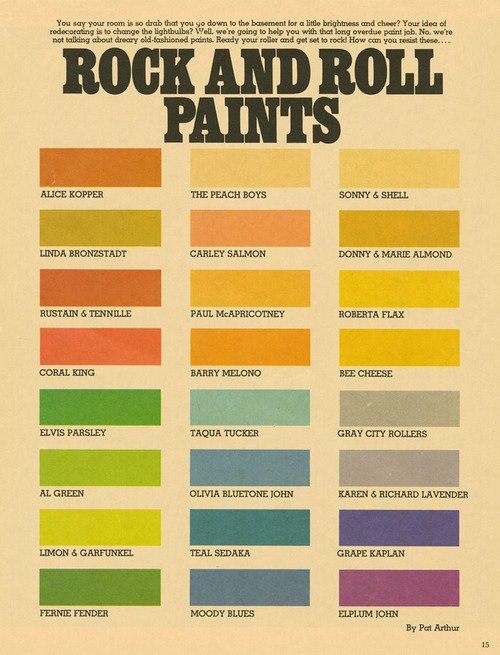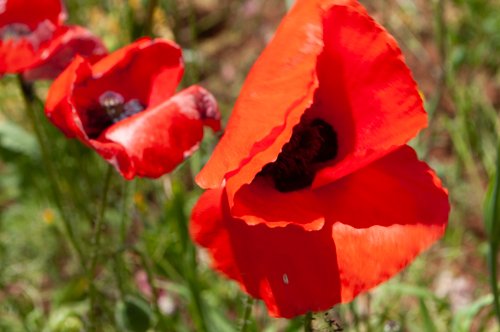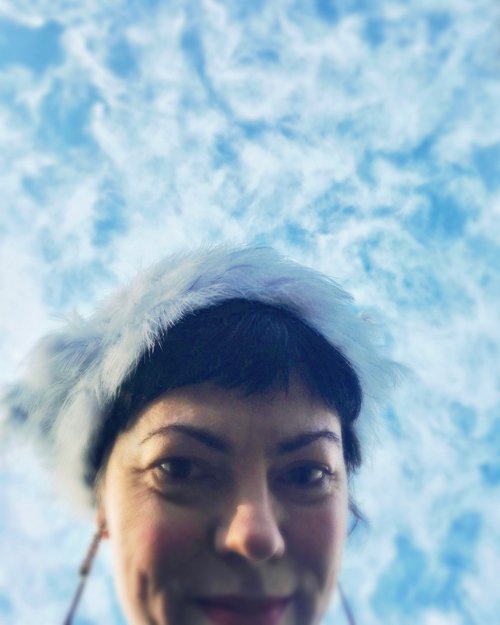Why Do We Make Art?
Why do we make art? What kind of a silly question is this? Why do we express ourselves? Because we are human. We can’t help ourselves, it’s what we do. Artists must make art: it’s as natural as breathing. It speaks to the human condition, and humanity, from the year dot to the year of the dot com. And humanity is listening, looking, reading, watching – searching down the ages in both directions …
Why do we make art? What kind of a silly question is this? Why do we express ourselves? Because we are human. We can’t help ourselves, it’s what we do. Artists must make art: it’s as natural as breathing. It speaks to the human condition, and humanity, from the year dot to the year of the dot com. And humanity is listening, looking, reading, watching – searching down the ages in both directions.
What would the history of the world be without art, without this record in a myriad cultures? There wouldn’t be much. It blows my mind when people – from the hoi polloi in the street to those in high places breathing the thin air – dismiss the Arts as a negligible frivolity, not important enough to invest in.
Don’t they know? THE EARTH WITHOUT ART IS JUST EH.
I’m not certain who first said that phrase. Some online sources cite American comedian Demetri Martin as the author, which is possibly true, but it seems more romantic to consign it to the Everyman Anonymous. Whoever it was, and wherever I first heard it, it is a pithy and pointed quote I have long cherished.
LONG LIVE ART.
Typographical illustration by me.
A New Spin
 Whether you need a chuckle, or some colour inspiration, check out this chart of rock and roll paints, putting an amusing spin on musical theory crossed with the colour wheel.
Whether you need a chuckle, or some colour inspiration, check out this chart of rock and roll paints, putting an amusing spin on musical theory crossed with the colour wheel.
The chart was shared to Flashbak, a Facebook group and is thought to have come from an early-to-mid-70s Scholastic magazine. There are some good ones there – I’m not sure which is my favourite pun!
Click the image for a larger version.
For the Fallen
 In commemoration of Anzac Day, here, by Robert Laurence Binyon (1869-1943), is the well-known poem For the Fallen, which was published in The Times newspaper on September 21, 1914.
In commemoration of Anzac Day, here, by Robert Laurence Binyon (1869-1943), is the well-known poem For the Fallen, which was published in The Times newspaper on September 21, 1914.
Binyon wrote the poem in mid-September, 1914, just a few weeks after the outbreak of WW1, after the British had suffered casualties in their first encounter with the German army at the Battle of Mons. He said it was the words of the famous fourth stanza that came to him first.
Between his timeless words are some photographs I took of a field of poppies in the Rif Mountains of Morocco. (It was a very windy day, and it was hard to capture the dancing poppies, so they’re a bit blurry.)
For the Fallen
With proud thanksgiving, a mother for her children,
England mourns for her dead across the sea.
Flesh of her flesh they were, spirit of her spirit,
Fallen in the cause of the free.
Solemn the drums thrill: Death august and royal
Sings sorrow up into immortal spheres.
There is music in the midst of desolation
And a glory that shines upon our tears.

They went with songs to the battle, they were young,
Straight of limb, true of eye, steady and aglow.
They were staunch to the end against odds uncounted,
They fell with their faces to the foe.
They shall grow not old, as we that are left grow old:
Age shall not weary them, nor the years condemn.
At the going down of the sun and in the morning
We will remember them.
They mingle not with their laughing comrades again;
They sit no more at familiar tables of home;
They have no lot in our labour of the day-time;
They sleep beyond England's foam.
 But where our desires are and our hopes profound,
But where our desires are and our hopes profound,
Felt as a well-spring that is hidden from sight,
To the innermost heart of their own land they are known
As the stars are known to the Night;
As the stars that shall be bright when we are dust,
Moving in marches upon the heavenly plain,
As the stars that are starry in the time of our darkness,
To the end, to the end, they remain.
Looking the Right Way
 A while ago, a friend shared this pebble alphabet by Belgian designer Clotilde Olyff. Amazing! I said, assuming the image was Photoshopped. But no, it turns out that Olyff, a typography designer, spent 14 years collecting real, actual pebbles off the banks of rivers and beaches. That is dedication!
A while ago, a friend shared this pebble alphabet by Belgian designer Clotilde Olyff. Amazing! I said, assuming the image was Photoshopped. But no, it turns out that Olyff, a typography designer, spent 14 years collecting real, actual pebbles off the banks of rivers and beaches. That is dedication!
Here is an extract from Jan Middendorp’s essay Lettered (2000) about Olyff’s alphabet of stones:
Clotilde Olyff is no reader. She is not at ease with sentences, and not particularly fond of words. She is troubled by letters when arrayed for battle, preparing to strike the reader as useful information or gripping ideas. But she is positively in love with the letter as an individual, fascinated by the infinite possibilities in suggesting its forms, eager to discover its features in the faces of strangers. Even though she makes a living by creating and re-creating letters, the way we perceive these forms continues to fill her with wonder.

Is it our obsession with communication that makes us look for the alphabet in the simplest of forms – circles, triangles, squares? Does it take a particular type of madness to comb the beaches of Les Landes in search of letters created, so casually, by the forces of nature and time?
The pebbles Clotilde Olyff discovers are the product of chance, yet they seem made to be singled out; to be recognized as faces … typefaces or human faces. Like a child pointing out oddly-shaped clouds, Clotilde Olyff shows us that nature can imitate art, instead of the other way round – if you look at it the right way.
The entire natural world is full of wonder indeed – if you look at it the right way.
Blue Skies Go On Forever
 Here’s just a little fancy for the day, because it’s perfectly apt for this morning’s blue-feathered sky. Blue skies and sunshine always make me happy.
Here’s just a little fancy for the day, because it’s perfectly apt for this morning’s blue-feathered sky. Blue skies and sunshine always make me happy.




